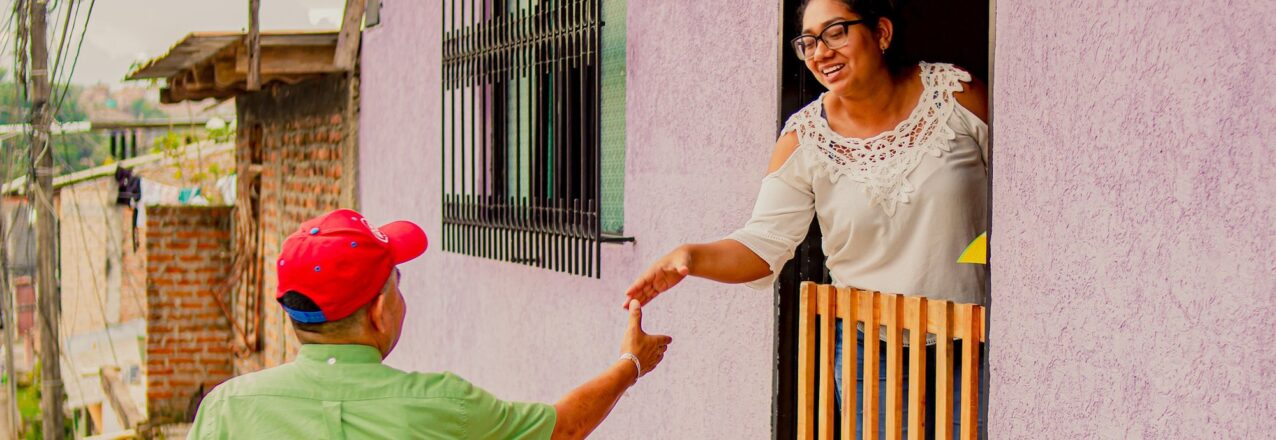Q&A with the Mayor of Santander de Quilichao, Cauca
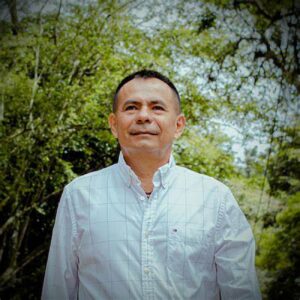 In the last four years, the Municipal Land Office (MLO) of Santander de Quilichao has facilitated the titling of more than 700 parcels. Several of these are public parcels like parks or health centers, or have to do with improving the municipality’s roads. The land office has become a key tool for land use planning and property formalization, and with it, the administration has mobilized more than COP $50,000 million (USD $13.5 million) in public investments.
In the last four years, the Municipal Land Office (MLO) of Santander de Quilichao has facilitated the titling of more than 700 parcels. Several of these are public parcels like parks or health centers, or have to do with improving the municipality’s roads. The land office has become a key tool for land use planning and property formalization, and with it, the administration has mobilized more than COP $50,000 million (USD $13.5 million) in public investments.
In this interview, the current mayor of Santander de Quilichao, Eduardo Grijalba, who was recently re-elected, talks about the role of the MLO and the goals of his government.
Twelve years ago, you held the first discussions with USAID about creating a Municipal Land Office. What impressions has the work of the MLO given you since then?
Yes, 12 years ago we created the MLO in our municipality. Today, the land office is a point of reference for the entire country, and influences land use and urban planning. Without land and property administration we could not mobilize public resources to invest in the municipality. In the beginning, that was the main objective, but now I see that the work of the MLO is much broader, and it works with every secretary within the municipal administration. Additionally, it provides information to the community about land formalization.
How has the MLO changed operations?
The MLO has resulted in big changes in the way we operate in the municipality. Before, projects were submitted to public entities to request financing, but when we came upon the question of ownership, the parcel either had no title or it did not belong to the municipality. Many projects could not come to fruition because of that. Now, we start all investment projects at the MLO, and before we submit them, we make sure the parcel is surveyed and titled in the name of the municipality. We also look at the land use issues for each parcel, whether a large tract of land needs to be divided, and if they are connected to public services. Having the MLO under the Secretary of Planning is a big advantage when it comes to mobilizing resources.
What are some examples of how the MLO has unlocked public investments?
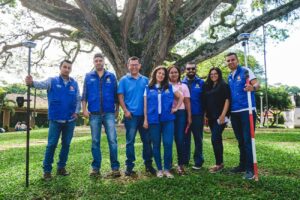 According to the latest reports, we can say that thanks to the MLO the municipality has mobilized more than COP $50,000 million (USD $13.5 million). We are talking about impactful projects such as building roads, like the Niza road, and communal spaces such as the Plaza de Toros and the Corona Real park. We also bought the parcels for the Santander de Quilichao Hospital, which has mobilized more than COP $35 million (USD $8,750), and the regional campus for the SENA, which resulted in COP $49 million (USD $12,250). The Villa Maria housing project has mobilized COP $10,000 million (USD $2.5 million) and will provide housing for 400 vulnerable families. For Villa Maria, the MLO helped us with the purchase and division of the parcel. In December we already delivered the first 100 property titles.
According to the latest reports, we can say that thanks to the MLO the municipality has mobilized more than COP $50,000 million (USD $13.5 million). We are talking about impactful projects such as building roads, like the Niza road, and communal spaces such as the Plaza de Toros and the Corona Real park. We also bought the parcels for the Santander de Quilichao Hospital, which has mobilized more than COP $35 million (USD $8,750), and the regional campus for the SENA, which resulted in COP $49 million (USD $12,250). The Villa Maria housing project has mobilized COP $10,000 million (USD $2.5 million) and will provide housing for 400 vulnerable families. For Villa Maria, the MLO helped us with the purchase and division of the parcel. In December we already delivered the first 100 property titles.
Apart from education and infrastructure, the MLO is creating safer space for public entities that provide legal services in the region.
Yes, through the MLO we divided a parcel and titled it to benefit two key government entities: the District Attorney’s Office and the Medical Examiner and Coroner’s Office. The new parcels are on the outskirts of the city, close to the hospital, and having the entities together makes their jobs easier. The current Coroner’s Office receives bodies from eight municipalities, and it is just too small and has to send bodies to Cali. We want to ensure the coroner is well equipped and capable of handling autopsies to provide grieving families better services. The current District Attorney’s Office is paying rent for a privately owned bunker located in a residential area, which increases the risk of violence for the community around it.
What are the objectives and goals of the land office for your administration in the next four years?
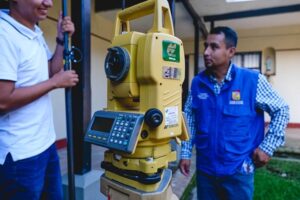 We are going to try to obtain as many titles as possible and meet our goal of 500 property titles. In addition, we have goals with two main roads: La Cañera and Calle Séptima. There are properties in the middle that now belong to private owners, and we are in the process of obtaining them and creating two-laned roads to join two large sectors of the municipality. We also have projects like the hospital and the marketplace. The land office also plays a role in the implementation of our municipal Land Management Plan.
We are going to try to obtain as many titles as possible and meet our goal of 500 property titles. In addition, we have goals with two main roads: La Cañera and Calle Séptima. There are properties in the middle that now belong to private owners, and we are in the process of obtaining them and creating two-laned roads to join two large sectors of the municipality. We also have projects like the hospital and the marketplace. The land office also plays a role in the implementation of our municipal Land Management Plan.
Today, a Rural Property and Land Administration Plan (POSPR) is being implemented in Santander de Quilichao to formalize thousands of rural properties. What challenges have you identified?
Yes, the parcel sweep in our municipality is being supported by USAID in coordination with the National Land Agency. We hope to be able to deliver more than 3,000 property titles for rural families that are currently living informally. With all its years of experience, the MLO is playing an important role in understanding the territory and reaching rural communities. The challenges are huge and some of them have to do with the security conditions and others with convincing the communities to be part of the process. Because of what the parcel sweep represents to our community: Afro-Colombians, indigenous communities and farmers; it should be considered the most important land project in the country.
How have these actions to improve land administration changed the people’s behavior in your municipality?
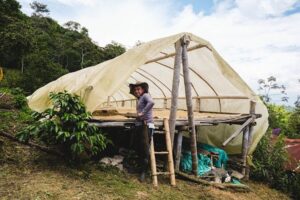 Now, with the parcel sweep, land issues are being promoted. The land office has been a source of information for everybody, in terms of providing advice. The MLO is like our guide, and little by little, people understand better the culture of formal land ownership that we are promoting. People are not frustrated anymore with having to contact Bogotá or a lawyer to ask for information on land or property formalization. We have a population with more opportunities and knowledge, and the MLO has given our residents many solutions.
Now, with the parcel sweep, land issues are being promoted. The land office has been a source of information for everybody, in terms of providing advice. The MLO is like our guide, and little by little, people understand better the culture of formal land ownership that we are promoting. People are not frustrated anymore with having to contact Bogotá or a lawyer to ask for information on land or property formalization. We have a population with more opportunities and knowledge, and the MLO has given our residents many solutions.
“For our Afro-Colombians and indigenous communities the parcel sweep represents the most important land project in the country.”
– Eduardo Grijalba, Mayor of Santander de Quilichao (Cauca) 2024-2027


